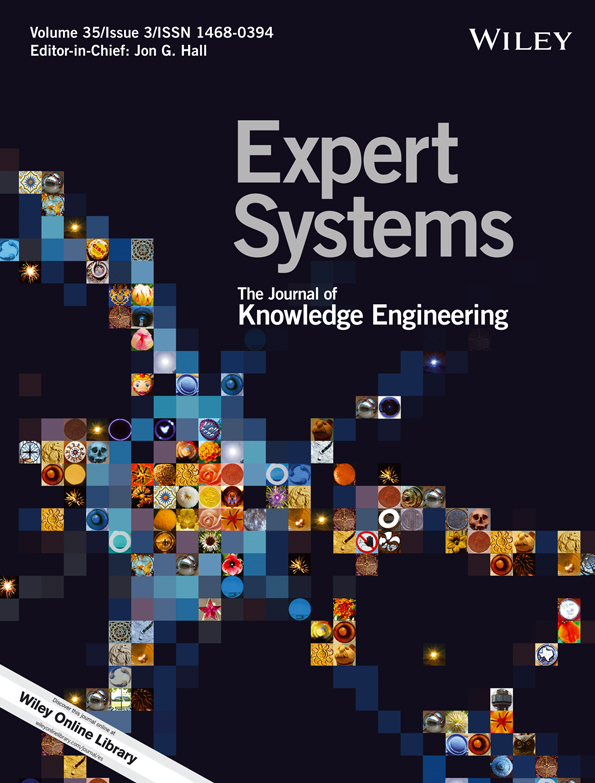Forecasting the volatility of a combined multi-country stock index using GWMA algorithms
Abstract
Globalization has increased the volatility of international financial transactions, particularly those related to international stock markets. An increase in the volatility of one country's stock market spreads throughout the globe, affecting other countries' stock markets. In particular, the Dow Jones Industrial Average plays an extremely important role in the international stock market. This paper uses the generally weighted moving average method and data from the Dow Jones Industrial Average, the National Association of Securities Dealers Automated Quotations, Japan's Nikkei 225, the Korea Composite Stock Price Index, and the Hong Kong Hang Seng Index to predict the performance of the Taiwan Capitalization Weighted Stock Index. This paper attempts to find the smallest prediction error using the optimal combination of generally weighted moving average model parameters and combinations of various international stock market data and compares the results to that found using the exponentially weighted moving average model to explore differences between the two types of forecasting models.




